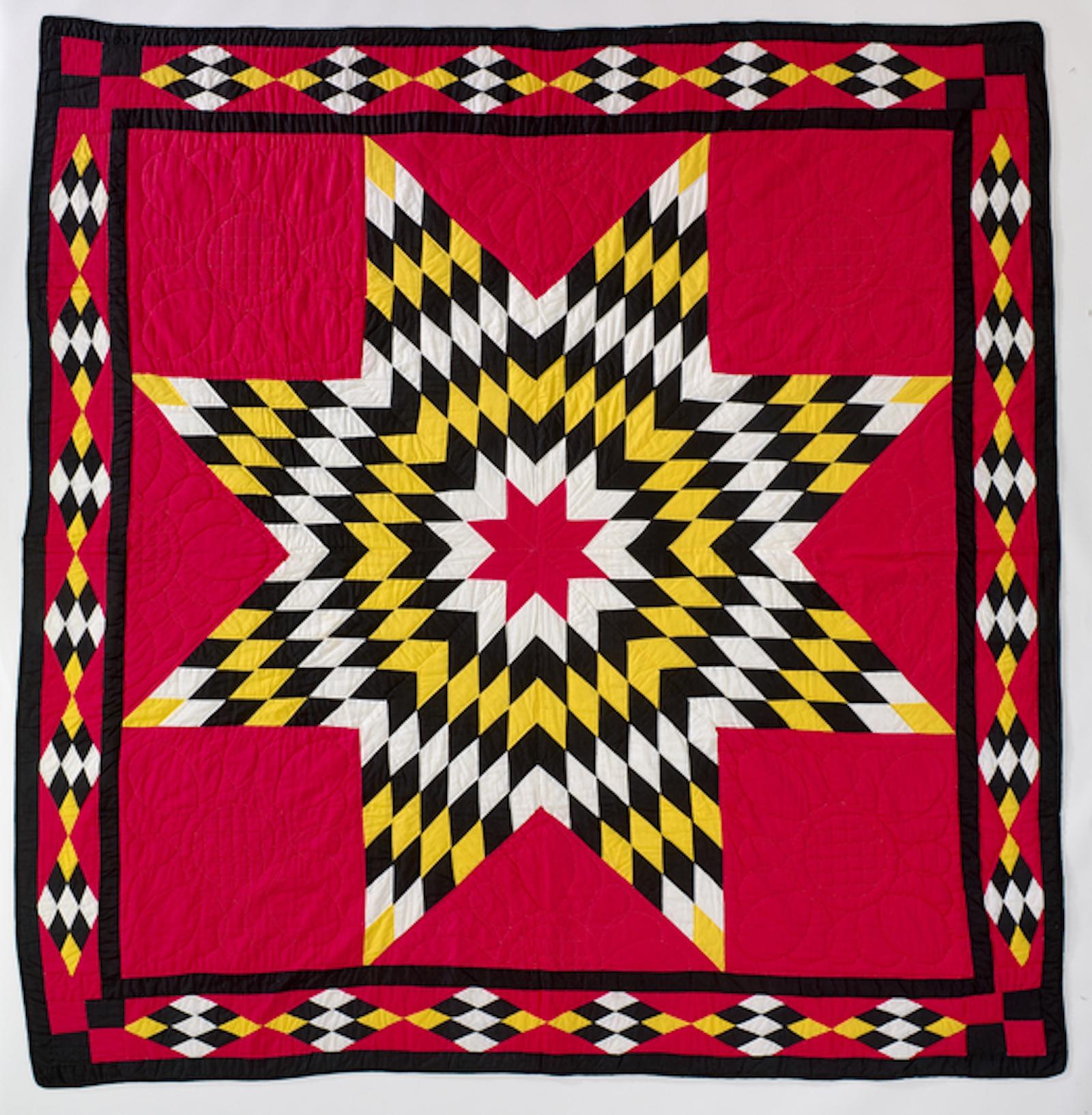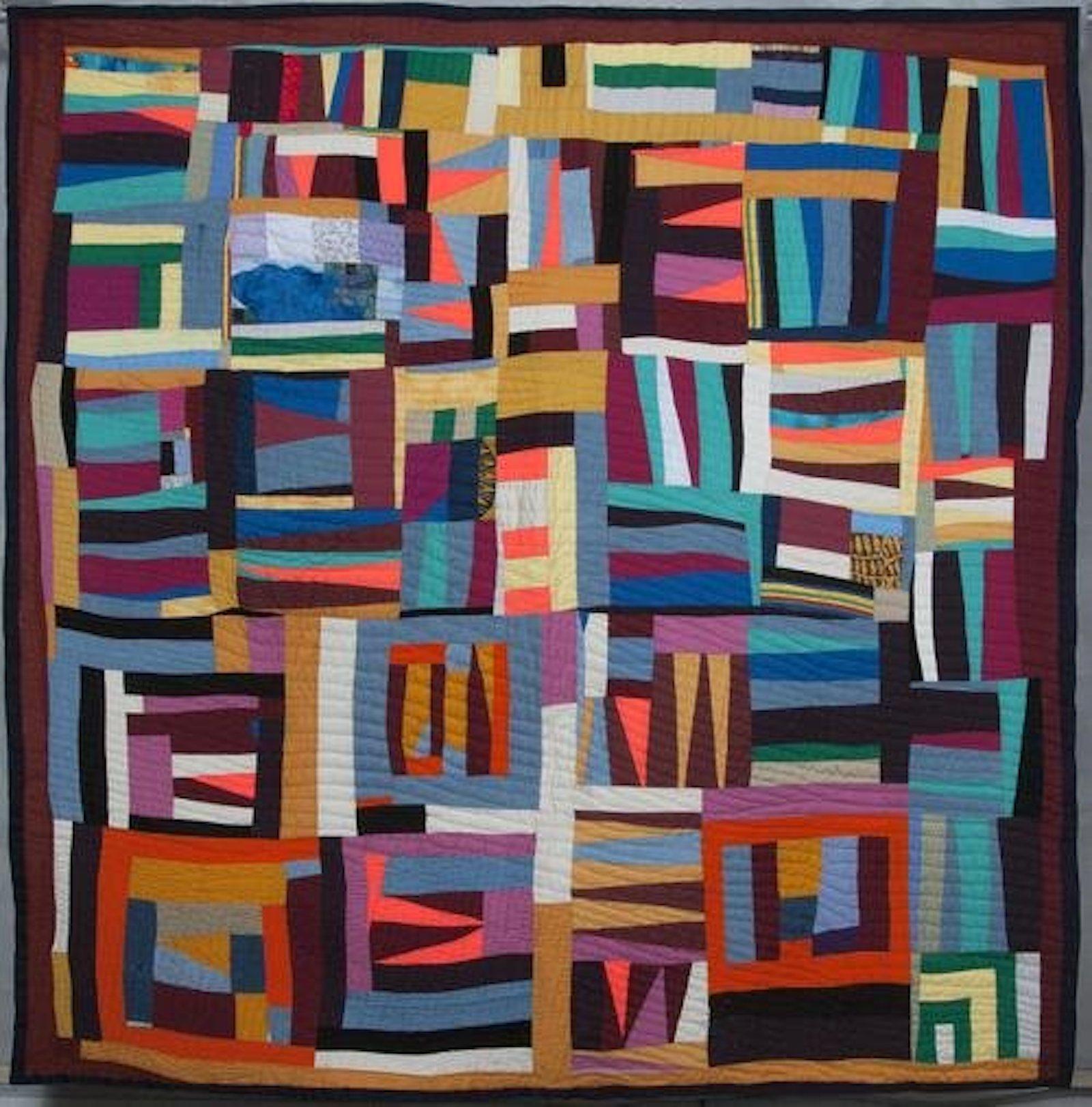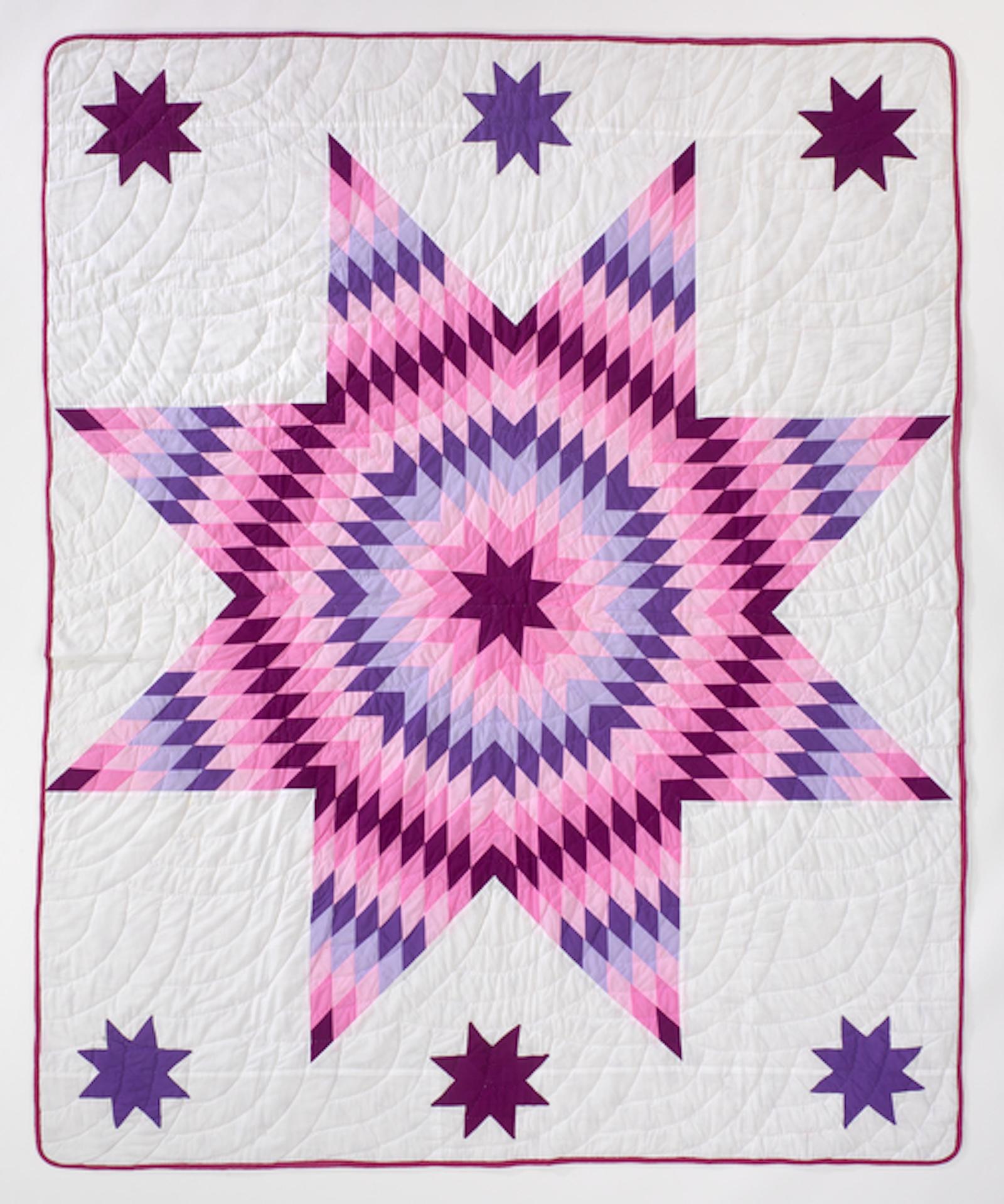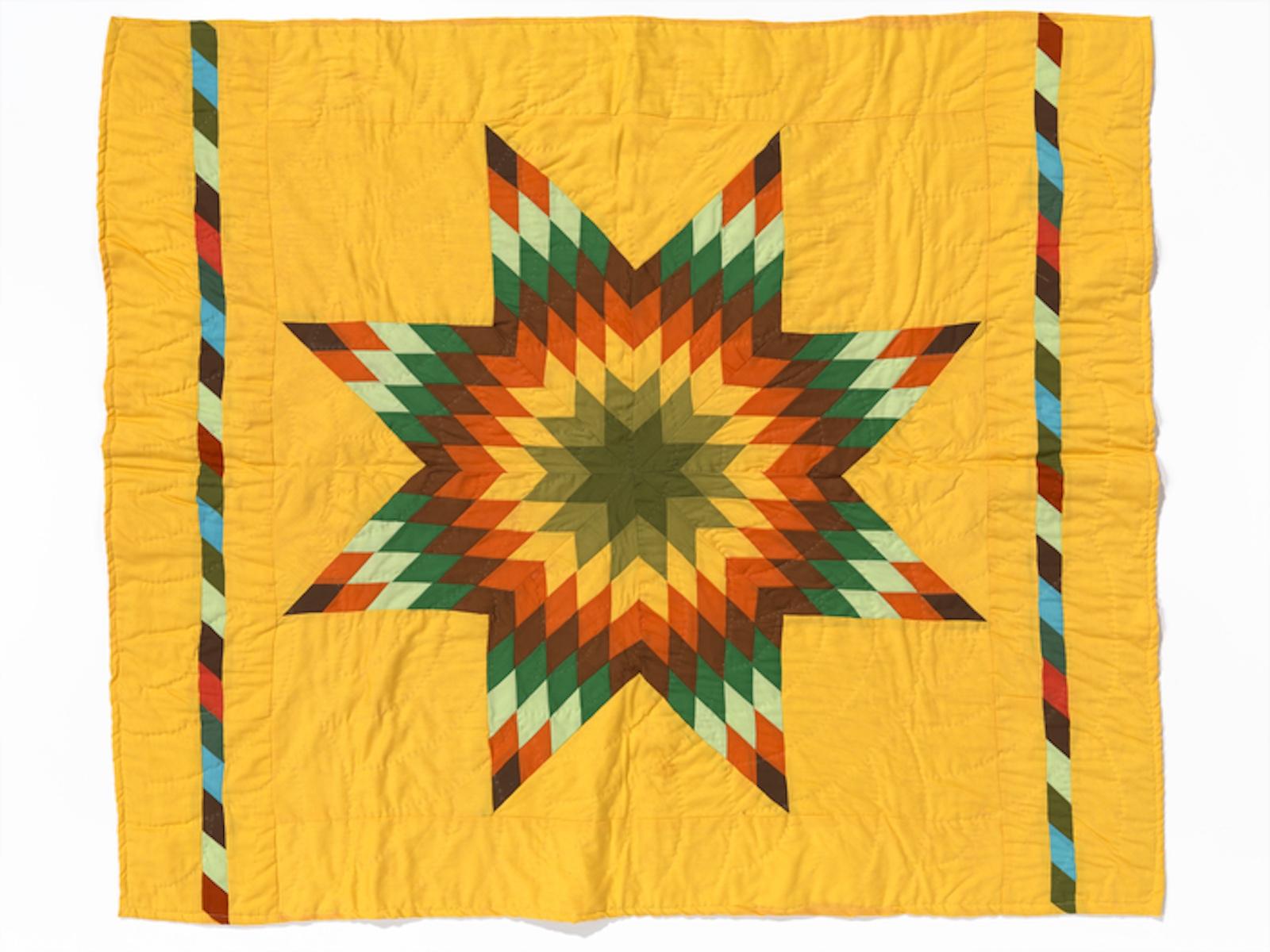To deeper understand quilt narratives and their significance in Folk art, one must first understand the underbelly of Modernism and Modern art: primitivism. Primitivism is, arguably, the exploitation and poorly interpreted reproductions of Indigenous African, Asian, and American tribal art. Delacruz asserts that folk art’s original categorization was controversial since it became sub-classified into Outsider art, Naïve art, and Primitive art. Art deemed primitive – typically art made by self-trained artists with found tools and objects – was made outside of and without consideration of the European establishment. Therefore, all other art was viewed through a critical postcolonial lens.
The works of primitivism by artists such as Gauguin and Picasso often only focus on tribal women as exotic and sensual, further othering non-white persons as only existing for the pleasure of the European elite. Anthropologist Jean-Loup Amselle considers such classifications to be justifications for colonization that are reinforced to exclude non-Western artists from Modern and Contemporary art. This exclusion was exacerbated by the Western art institution’s misappropriation of sacred Indigenous iconography. Although some scholars believe that this exposure to Folk art helped it gain notoriety, others such as Delacruz acknowledge that it stems from long-overdue exposure of non-white artists.
































